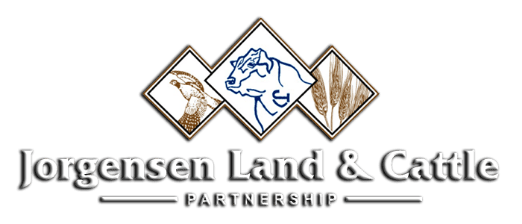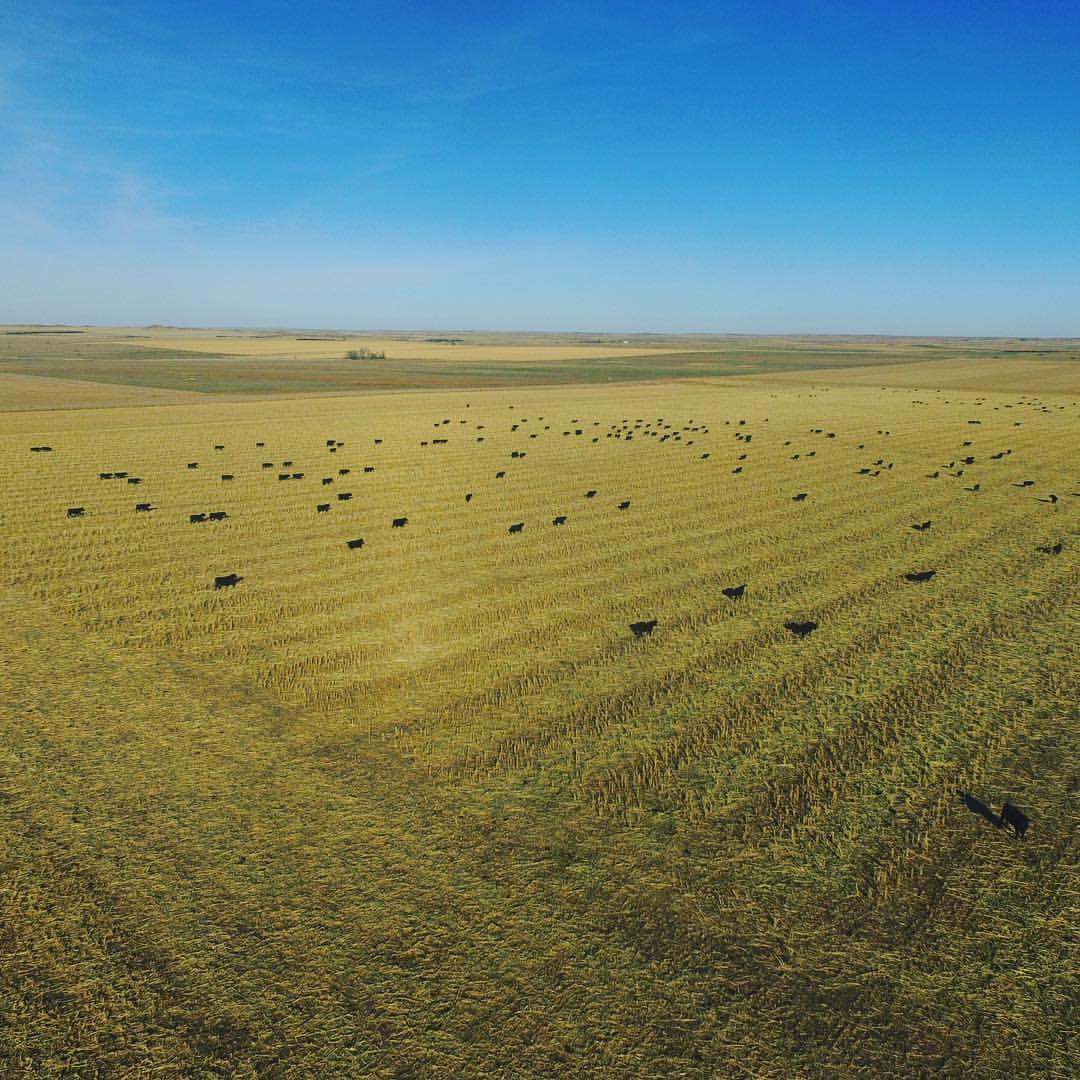Since the 1980’s, the integration of our separate enterprises (livestock, crops and hunting) has been an important part of the success of Jorgensen Land & Cattle. Starting with the adoption of the IRM (Integrated Resource Management) concept championed by Martin Jorgensen in the early 1980’s, we have always tried to un-silo our business and operate everything we have as a large, integrated system. This management style is not easy, but ultimately, we have found better business unity and decision making from it.
IR-Maybe Not
Despite trying our best to think in an integrated fashion, there have always been some concepts that transcended discussion of integration, for fear of negative side effects. One of these concepts was grazing cattle on farm ground. For many years, turning cattle out on to our fields appeared to have some major drawbacks. Being a 100% no-till operation, the most obvious concern was compaction and its negative side effects. Additionally, poor fences and limited access to water and sorting facilities were other factors that led us, and many other operations, to keep our cattle comfortably far from farm ground. Aside from grazing stalks and residues in the winter, after the ground had frozen, cattle were unwelcome guests on our easily disturbed gumbo.
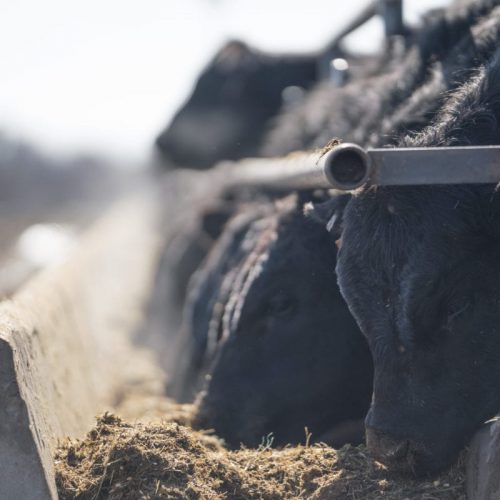
Breaking the Tradition
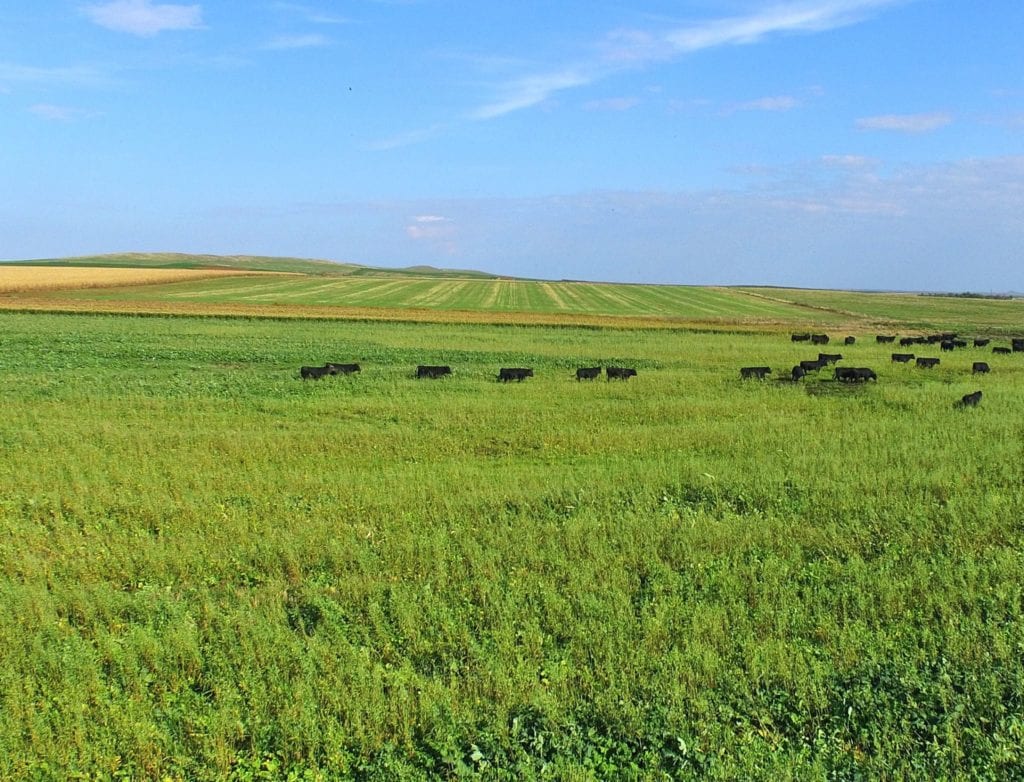
Fast forward to 2019, where we wrapped up the year with nearly 150,000 grazing days on farm land alone. In the last 5 years, we have invested nearly $750,000 in fences and facilities to enable the grazing of farmland. This is a significant shift, bucking the convention we held for so many years. The answer to this reversal can be attributed to three distinct areas of improvement for letting hooves back on our farm land: soil health, animal health and economics.
It’s Hard to Argue with Results
Being in the conservation and Seedstock business has afforded us some unique opportunities to try new practices at scale to test their effectiveness. This means that when we say we have seen improvement, it’s because we have tested it on a significant enough amount of cattle across a significant enough amount of acres to comfortably share our success and deem it repeatable. Over the next several months, we will be doing a write up on all 3 of these benefits, so stayed tuned to our website and social media for updates on our upcoming discussion!
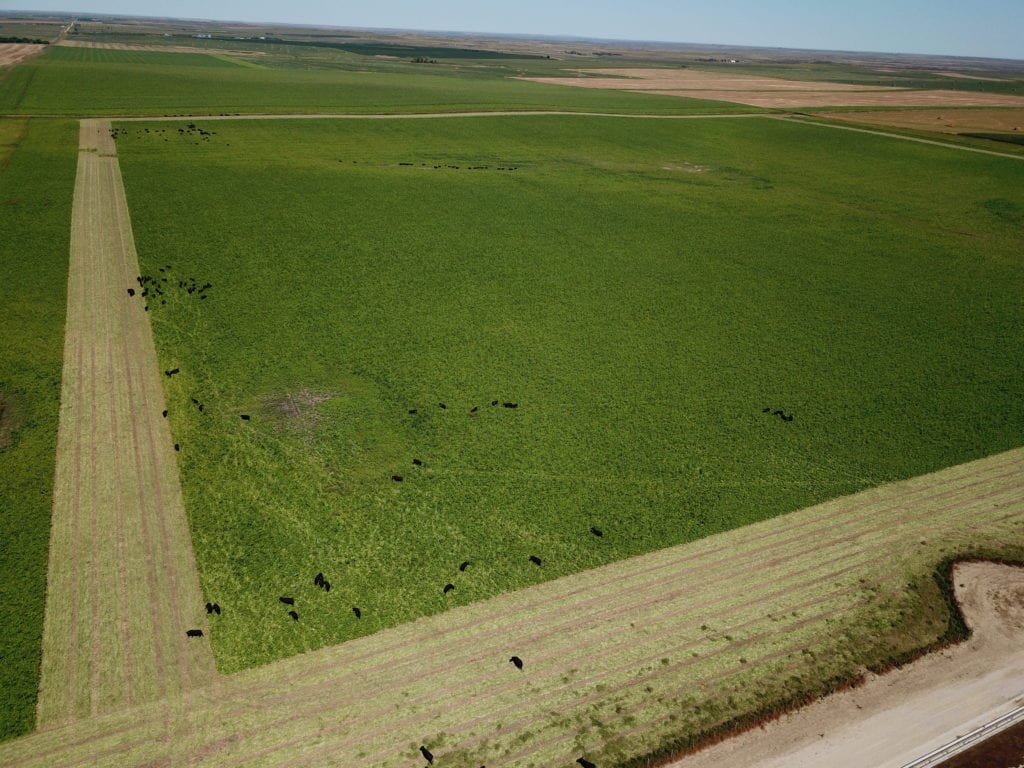
P.S.- Here’s a hint, the animals are healthier, the savings are huge,and compaction was a silly thing to be worried about.
Also, check out the video below where we discussed topics like this with Merit or Myth!
